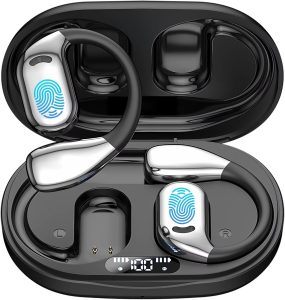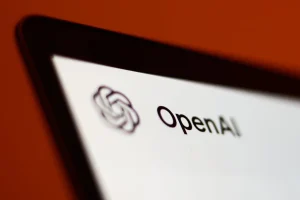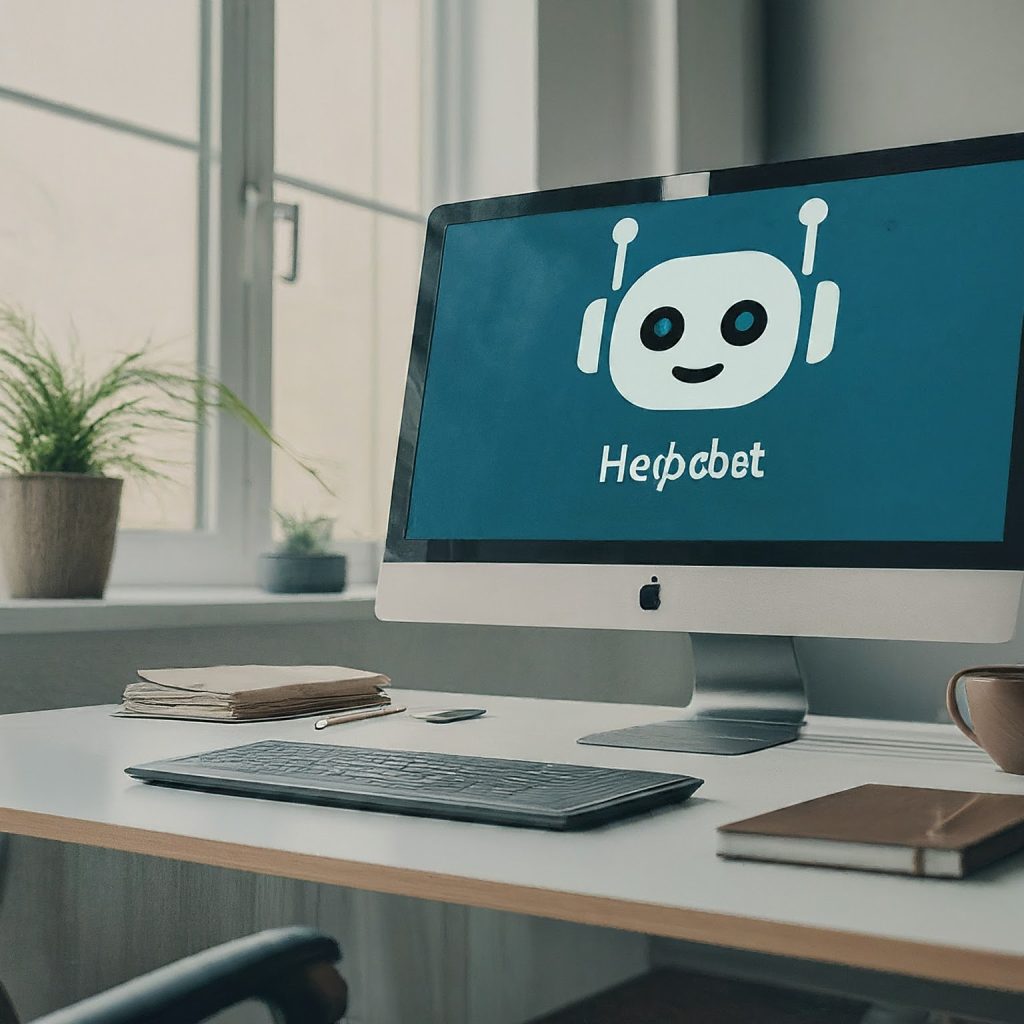
As businesses strive for increased efficiency and enhanced customer experience, the adoption of AI chatbots for helpdesk support has become a game-changer. These intelligent systems are designed to simulate human-like interactions, allowing for seamless communication between customers and support services. By leveraging the power of artificial intelligence, chatbots can interpret and respond to user queries in real-time, providing instant assistance and significantly reducing the workload on human agents.
Implementing an AI chatbot into your helpdesk is not just about adopting new technology; it's about revolutionizing the way customer support is delivered. With the ability to handle a multitude of requests simultaneously and learn from each interaction, AI chatbots are redefining the standards of service efficiency and customer satisfaction. But how can one tap into this innovative tool without prior knowledge in AI? That's where our Learn AI Chatbot Course comes into play.
Whether you are a marketer aiming to enhance your agency's offerings or a business owner seeking to upgrade your customer service, our step-by-step course is designed to equip you with the skills necessary to build and implement powerful AI chatbots. If you prefer a more personalized learning approach, our one-on-one tutorial sessions on Zoom will cater to your specific needs. Learn AI Chatbot Course and embark on your journey to transform your helpdesk with AI technology.
Understanding the Role of AI Chatbots in Helpdesk Automation
The integration of AI chatbots into helpdesk operations marks a significant leap towards automation in customer service. These chatbots are not merely reactive tools; they are equipped with machine learning algorithms that enable them to understand the context of customer inquiries, learn from past interactions, and provide more accurate responses over time. This ability to process natural language and improve through machine learning is at the heart of their functionality.
AI chatbots serve as the first point of contact for customers seeking support, effectively triaging issues by categorizing and routing requests to the appropriate human agent when necessary. This not only ensures that customers are swiftly attended to but also allows support teams to focus on more complex tasks that require a human touch. Moreover, these intelligent systems are available 24/7, eliminating wait times and offering customers the convenience of getting assistance at any hour.
Through their automated ticketing systems and self-service options, AI chatbots can dramatically reduce the volume of routine questions directed to human agents. This leads to a decrease in operational costs and an increase in efficiency. For instance, a chatbot can effortlessly handle common queries like password resets, order tracking, or basic troubleshooting, freeing up human resources for more nuanced customer needs. In essence, AI chatbots are transforming helpdesk automation by providing a scalable, cost-effective, and customer-friendly approach to service.
Key Features of AI Chatbots for Efficient Helpdesk Service
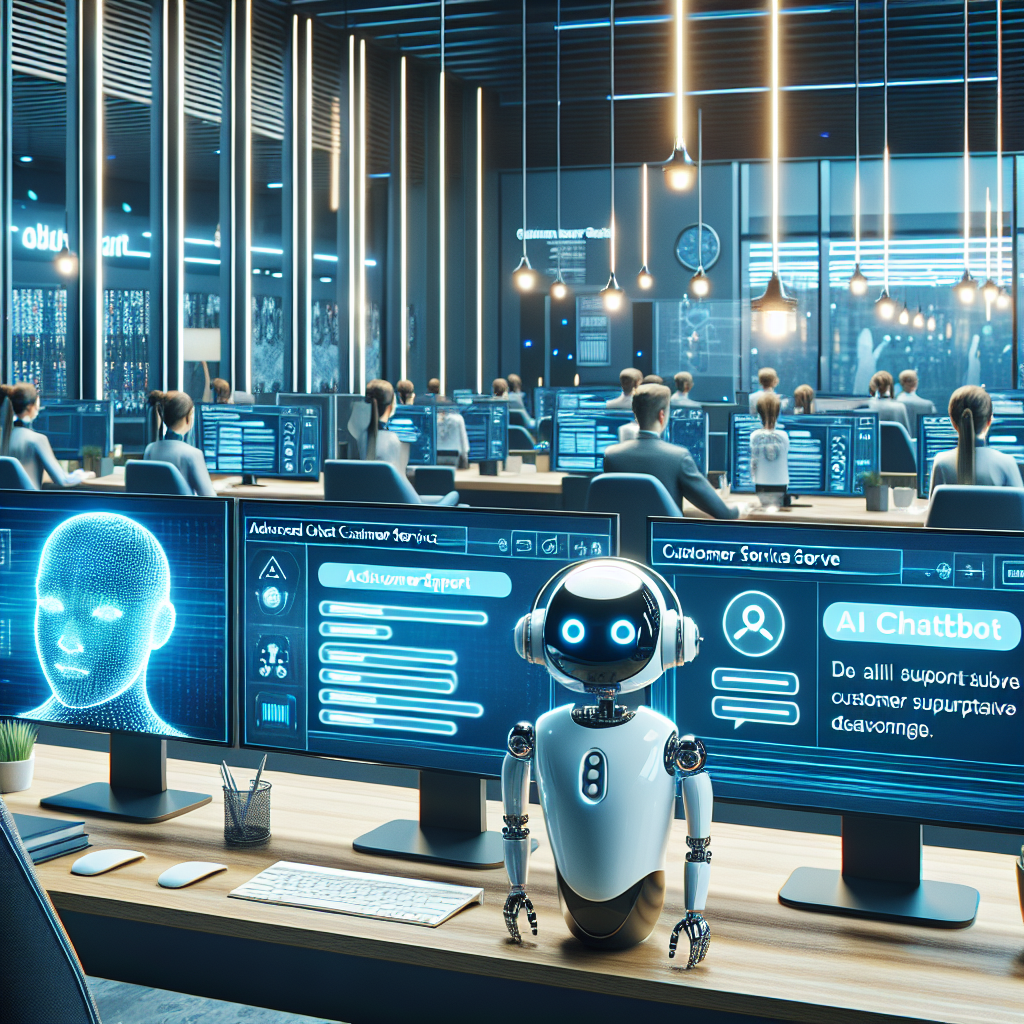
AI chatbots designed for helpdesk service are laden with features that streamline customer support processes. One of the key features is their 24/7 availability, which ensures that help is always at hand for customers, irrespective of time zones or holidays. This continuous availability leads to higher customer satisfaction levels as it aligns with the modern expectation of instant support.
Moreover, AI chatbots come equipped with contextual understanding capabilities. This empowers them to grasp the nuances of human language and respond appropriately. They can understand customers' intent and provide personalized support by recalling past interactions, thanks to their ability to integrate with CRM systems.
Another vital feature is their multi-language support. In an increasingly globalized economy, the ability to interact with customers in their native language is crucial. AI chatbots can converse in multiple languages, breaking down language barriers and expanding the reach of businesses.
AI chatbots also provide self-service options for users. By guiding customers through troubleshooting steps or offering informative content, they enable users to solve problems independently, which can significantly reduce the volume of support tickets.
Lastly, these chatbots are designed with scalability in mind. They can manage a high volume of queries without the need for additional human agents. This makes them an invaluable asset during peak business periods or when there is a sudden surge in support requests.
These features, combined, make AI chatbots an indispensable tool for providing efficient and effective helpdesk service, ensuring that customer support operations are not only maintained but also enhanced.
Measuring the Impact of AI Chatbots on Helpdesk Performance
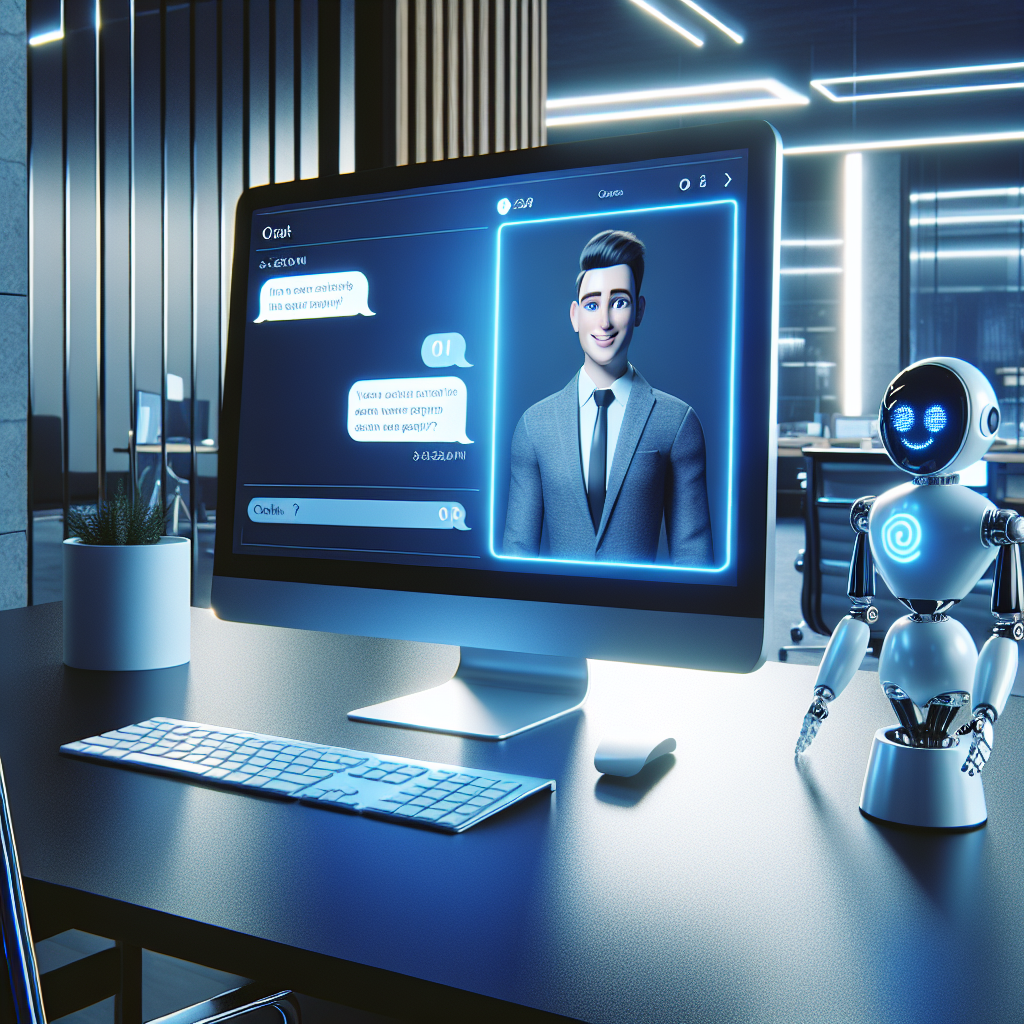
To gauge the effectiveness of AI chatbots in helpdesk roles, it is essential to measure specific performance metrics. One of the most significant indicators is the reduction in response time. AI chatbots can immediately engage with customers, providing instant responses that would otherwise take longer if handled by human agents. By analyzing the average response time before and after the implementation of chatbots, organizations can quantify the improvement in efficiency.
Another critical metric is customer satisfaction score (CSAT). Customer feedback collected post-interaction with the chatbot can shed light on the user experience. An increase in CSAT scores suggests that customers are pleased with the speed and quality of support provided by the chatbot.
The resolution rate is also crucial. This metric reflects the percentage of issues that are resolved without human intervention. A higher resolution rate indicates that the chatbot is effectively handling a significant volume of queries, which can substantially reduce the workload on human agents.
Furthermore, measuring the conversion rate is beneficial for businesses that use AI chatbots for both support and sales functions. Conversions can include sales, sign-ups, or any action that is valuable to the business. If there is an uptick in conversions after deploying the chatbot, it suggests that it effectively guides customers through the sales funnel.
Analyzing these metrics provides a clear picture of how AI chatbots impact helpdesk performance and allows for data-driven decisions to further optimize their function within customer support frameworks.
Steps to Implementing an AI Chatbot into Your Helpdesk Workflow

Integrating an AI chatbot into your helpdesk workflow involves a strategic approach to ensure a smooth transition and effective operation. Begin by defining your objectives. Identify what you want your AI chatbot to achieve, such as reducing response times, handling common queries, or improving customer satisfaction.
Next, select the right platform that aligns with your goals and is compatible with your existing helpdesk software. It's crucial to choose a platform that offers scalability, reliability, and a user-friendly interface.
After selecting a platform, design the chatbot's conversation flow. Map out the typical customer journey and plan how the chatbot will interact at each step. The conversation flow should be natural and helpful, guiding users to solutions efficiently.
Subsequently, build and train your chatbot with a diverse set of data to ensure it can handle a variety of customer queries. This involves inputting relevant information, using natural language processing, and machine learning techniques to enable the chatbot to learn and improve over time.
Before going live, test the chatbot rigorously to iron out any issues and ensure it responds correctly in different scenarios. Once testing is complete, deploy the chatbot to your helpdesk and monitor its performance closely.
Finally, continuously analyze and refine your AI chatbot's interactions based on customer feedback and performance metrics. This iterative process ensures that the chatbot evolves and remains an effective tool for your helpdesk team.
By following these steps, you can successfully implement an AI chatbot into your helpdesk workflow, leading to improved efficiency and customer satisfaction.
Future Trends: AI Chatbots and the Evolution of Helpdesk Support

The landscape of helpdesk support is rapidly evolving with the advent of AI chatbots, and future trends point towards even more advanced integrations and capabilities. Personalization is becoming key, with AI chatbots expected to deliver tailored experiences by analyzing user data and past interactions. This will lead to more accurate and context-aware responses.
Another emerging trend is the use of voice recognition technology, allowing chatbots to conduct natural conversations through voice commands. This will likely extend the accessibility and convenience of helpdesk support.
Moreover, predictive analytics are anticipated to play a significant role in helpdesk chatbots. By leveraging data, AI algorithms can predict customer issues before they occur, prompting proactive support and resolution strategies.
Integration with other technologies, such as the Internet of Things (IoT) and augmented reality (AR), will further enhance the helpdesk experience. Chatbots will be able to interact with devices and provide immersive support solutions.
As these trends continue to develop, the importance of understanding and leveraging AI chatbot technology becomes increasingly critical for businesses. To stay ahead in today's competitive landscape, investing in AI chatbot knowledge and skills is essential.
Are you ready to tap into the future of helpdesk support with AI chatbots? Learn AI Chatbot Course today and gain the expertise to revolutionize your customer service experience. Join us now and be a part of the AI-driven transformation that is reshaping helpdesk support.


